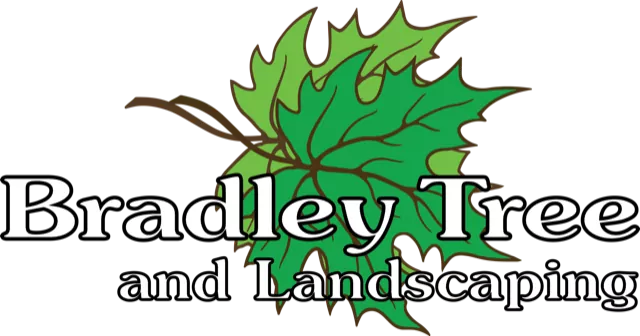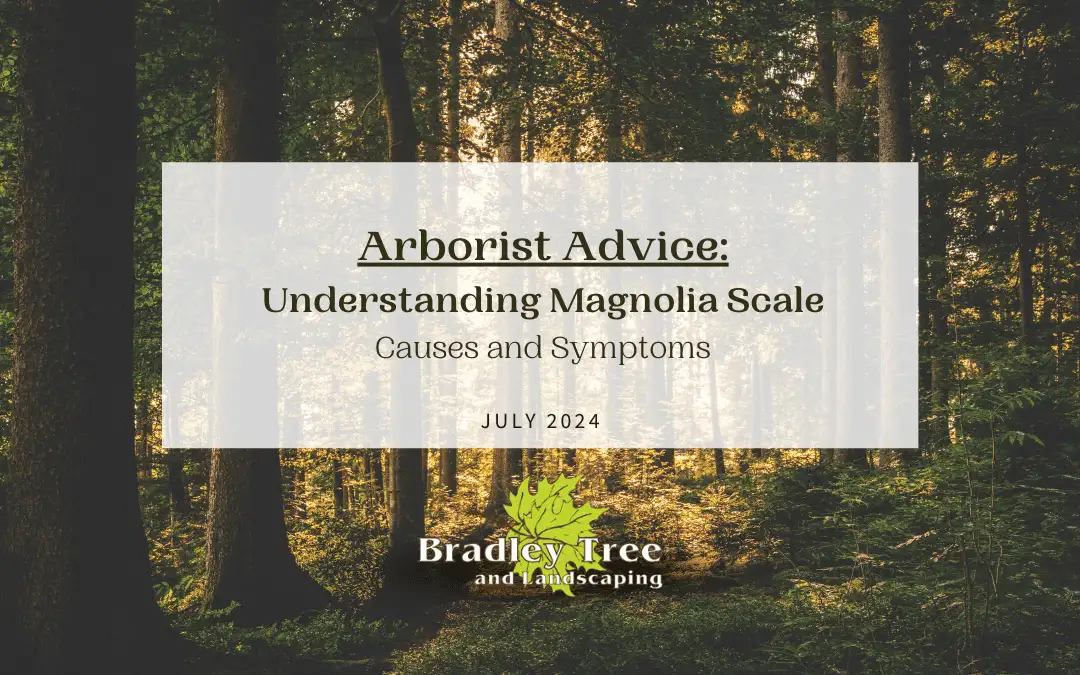Magnolia trees, with their broad, glossy leaves and large, fragrant blossoms, are a staple in many Buffalo and Western New York (WNY) gardens. These trees not only add aesthetic value but also contribute to the local ecosystem. However, like all living things, magnolia trees are susceptible to diseases, one of which is magnolia scale. Have you noticed any unusual sticky substances or sooty mold on your magnolia? If so, you might be dealing with this pesky pest.
What is Magnolia Scale?
Magnolia scale, scientifically known as Neolecanium cornuparvum, is one of the largest scale insects that targets mainly magnolia trees. It sucks the sap from the tree, weakening it over time. This pest is particularly concerning because it can lead to a significant decline in tree health, affecting not just the appearance but also the vitality of the magnolia.
Their Life Cycle
Understanding the life cycle of magnolia scale is crucial for effective management. This pest undergoes a simple life cycle beginning with eggs that hatch into crawlers. These crawlers find a spot on the tree, usually under the leaves or along young branches, and settle there for the rest of their lives, feeding on the sap and growing into the adult scales that you might notice. They have two main growth spurts annually, making early summer and late spring critical times for management.
Causes of Magnolia Scale Infestations
Environmental factors such as a mild winter or a particularly wet spring can create ideal conditions for magnolia scale populations to thrive. Additionally, trees that are already stressed from poor planting practices or inadequate care are more susceptible to infestation. With the changing climate in Buffalo, our winters are getting warmer and warmer, while the springs get wetter, allowing the infestation to thrive.
Common Misconceptions About Its Origins
Many believe that magnolia scale can be brought in by birds or other animals, but these pests typically spread through infested nursery stock or by moving from one nearby infested tree to another.
Identifying Symptoms of Magnolia Scale
Early signs of magnolia scale include the presence of tiny, white insects on the undersides of leaves and along stems. As the infestation worsens, you might notice a black, sooty mold developing on leaves and branches, a byproduct of the sticky honeydew that scaled insects excrete.
Advanced Symptoms: When to Be Concerned
Severe infestations can lead to leaf yellowing, premature leaf drop, and even branch dieback. If your tree exhibits any of these symptoms, it’s crucial to act quickly to mitigate damage.
Why Magnolia Scale is a Concern for Tree Owners
Beyond the direct damage, magnolia scale can make trees vulnerable to other pests and diseases. In severe cases, these pests can lead to the decline and eventual death of magnolia trees, significantly impacting the landscape’s aesthetic and health in Buffalo and WNY.
The Economic and Environmental Impact
Infestations can reduce property values due to the diminished health and appearance of affected trees. Environmentally, the loss of trees disrupts local ecosystems, affecting everything from air quality to wildlife habitats.
Preventative Measures and When to Call a Professional
Regular monitoring during the growing season is essential. Early treatment options include the use of horticultural oils or insecticidal soaps which can help control the crawler stage of the scale effectively.
If the infestation covers a significant portion of the tree or if treatments have not been effective, it’s time to call in professionals. Local ISA-certified arborists can provide more robust treatment options and ongoing management plans.
Reach out Today!
By staying vigilant and proactive, you can keep your magnolia trees healthy and vibrant. Regular checks and early interventions are key to preventing and managing magnolia scale.
Remember, early detection and proper care can make all the difference in keeping your magnolias vibrant and healthy. Let’s work together to keep Buffalo and WNY’s magnolias thriving for years to come!
The Bradley Tree Method
Remember, our most educated customers are our best customers! Here at Bradley, tree education so that homeowners know how to preserve their gentle giant neighbors is among the most important work we do.
Don’t forget to stay up to date with your favorite Buffalo arborists by following us on our blog and on Facebook, Instagram, and YouTube!
Concerned about magnolia scale on your property? Contact Bradley Tree and Landscaping today! Our team of certified arborists is ready to help ensure your magnolias, and all your trees remain healthy and beautiful. If you need an ISA-certified arborist or a consultation, feel free to reach out by calling us at 716.916.2193 or by visiting our convenient contact form.

